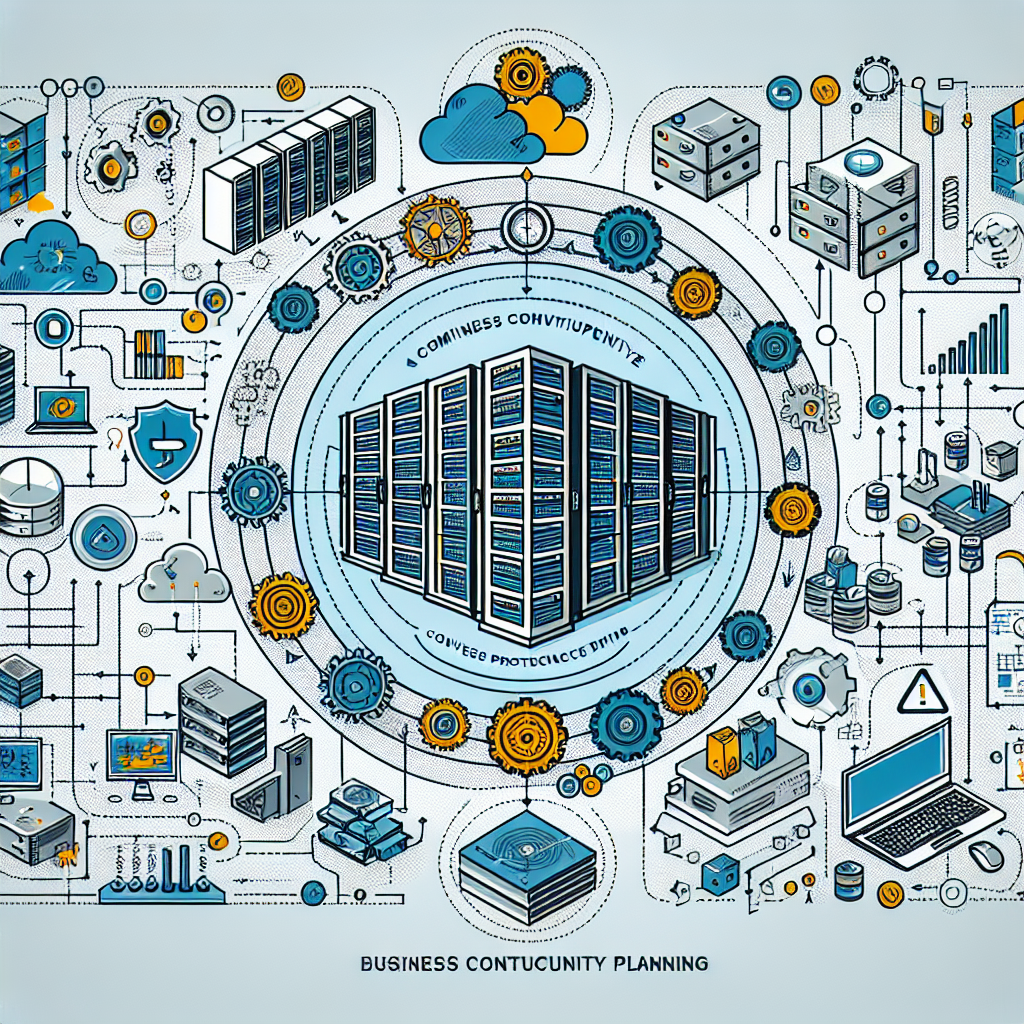Data centers are the backbone of modern businesses, housing critical IT infrastructure and storing vast amounts of sensitive data. In today’s fast-paced digital world, any disruption to data center operations can have serious consequences for a company’s bottom line and reputation. That’s why it’s essential for businesses to have a comprehensive business continuity plan in place to ensure the continued operation of their data centers in the event of a disaster or emergency.
A business continuity plan is a proactive approach to managing potential risks and ensuring that critical functions can continue in the face of adversity. For data centers, this means having a detailed strategy in place to minimize downtime, protect data integrity, and maintain business operations in the event of a disaster. Here are some key steps to consider when implementing a comprehensive business continuity plan for data centers:
1. Risk Assessment: The first step in creating a business continuity plan is to conduct a thorough risk assessment to identify potential threats and vulnerabilities to your data center. This could include natural disasters such as earthquakes or floods, cyber attacks, power outages, and hardware failures. By understanding the risks your data center faces, you can develop a plan that addresses these specific challenges.
2. Business Impact Analysis: Once you have identified the risks, it’s important to conduct a business impact analysis to determine the potential consequences of a disruption to your data center operations. This analysis will help you prioritize critical functions and resources that need to be protected in order to maintain business continuity.
3. Recovery Strategies: Based on the results of the risk assessment and business impact analysis, develop recovery strategies to address potential threats to your data center. This could include implementing redundant systems, backup power supplies, and data replication to ensure that critical functions can continue in the event of a disaster.
4. Communication Plan: A key component of any business continuity plan is a communication strategy that outlines how information will be shared with employees, customers, and stakeholders during a crisis. Ensure that you have multiple channels of communication in place, such as email, phone, and social media, to keep everyone informed and updated on the status of your data center operations.
5. Testing and Training: Once your business continuity plan is in place, it’s important to regularly test and update it to ensure that it remains effective in the face of changing threats and technologies. Conduct regular drills and training exercises with your employees to ensure they are familiar with their roles and responsibilities in the event of a disaster.
By implementing a comprehensive business continuity plan for your data center, you can minimize the risk of downtime and protect your business from potential disasters. Remember, prevention is always better than cure, so don’t wait until it’s too late to start planning for the unexpected. Your data center is too important to leave to chance.


Leave a Reply